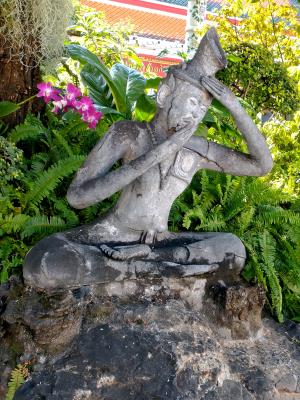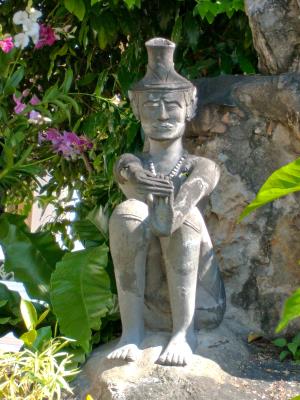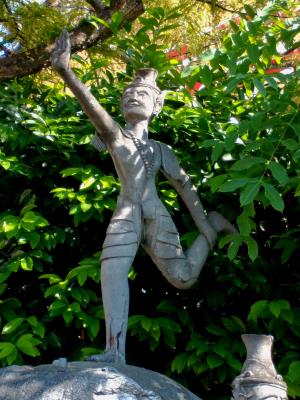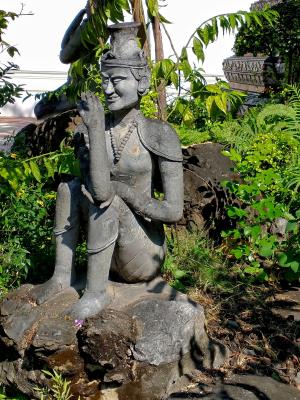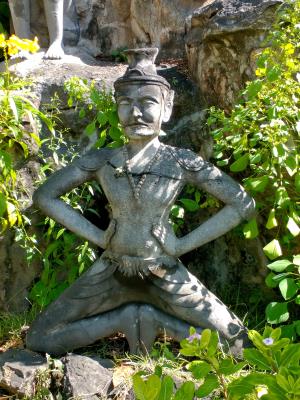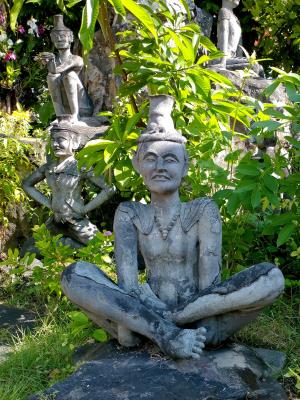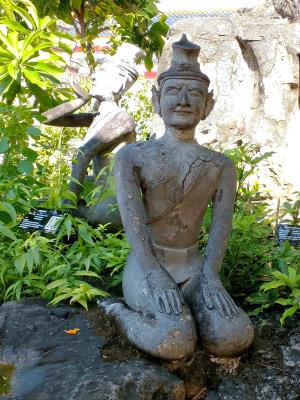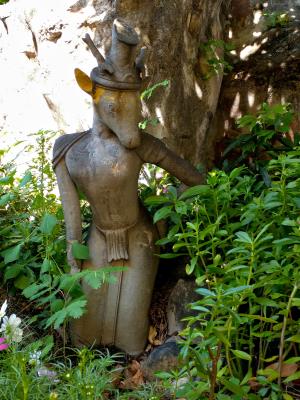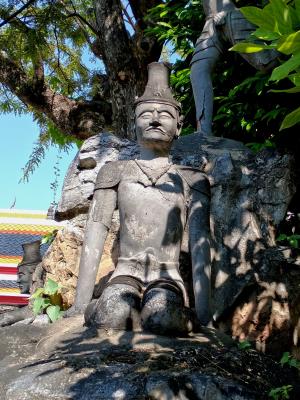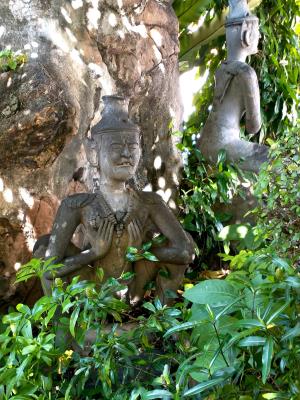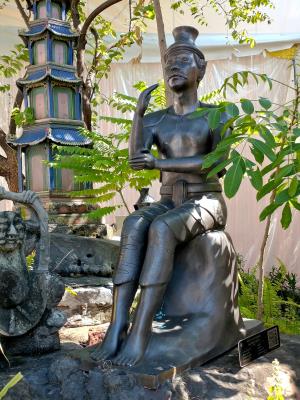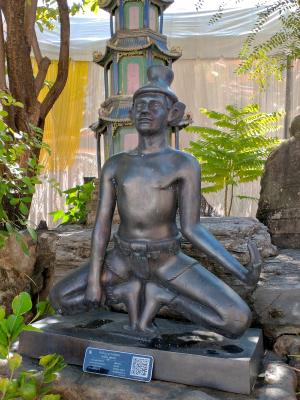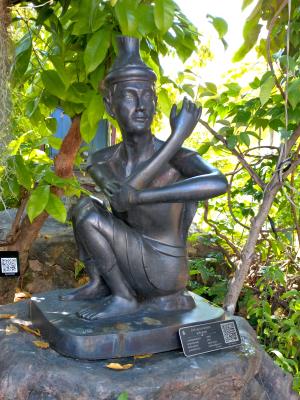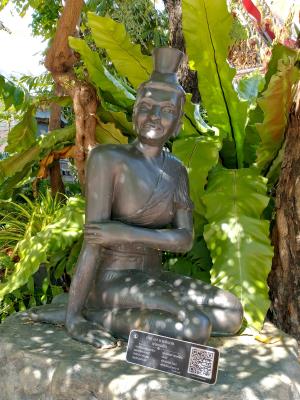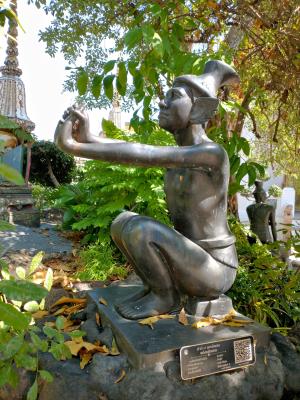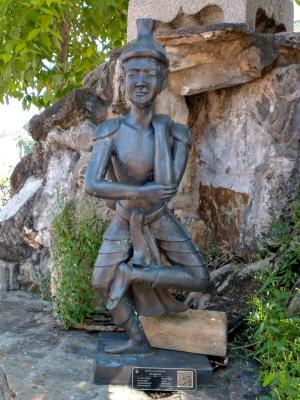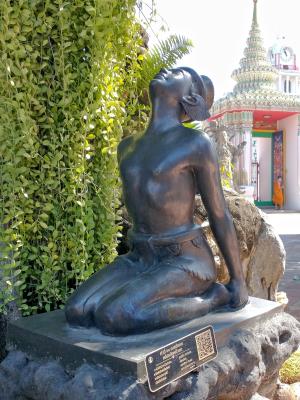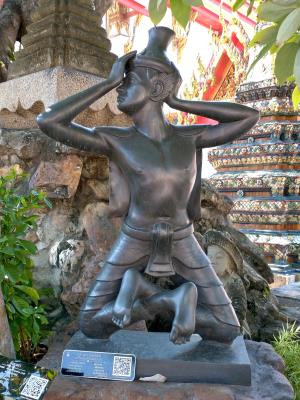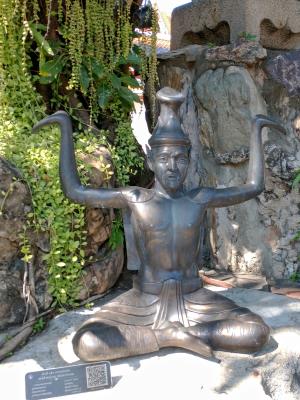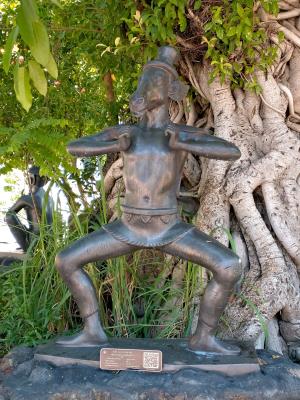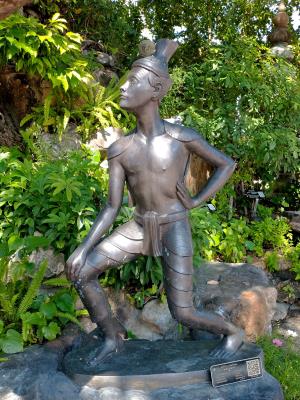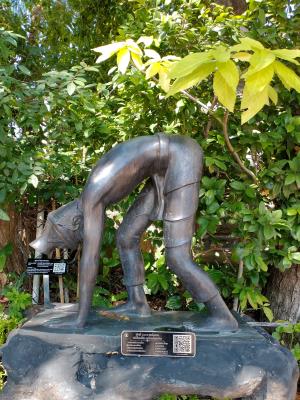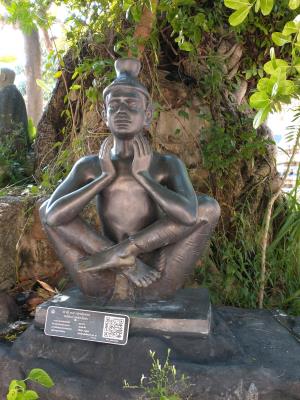Day 8 - Hermit Rusie Dutton 12/9/21
Bangkok, Thailand
Frank's Trip
CLICK on any image to enlarge - use mouse cursor to move enlargement it if doesn't fit area
OBSERVATIONS:
It's a stark change to be back in the USA. While in Thailand, I felt safe all the time. Streets seems safe and are very clean in Bangkok. Everyone wears a mask everywhere. Going into almost any business at all requires a quick hand temperature check at the doorway - hand up to a scanner - beep - OK, go on in. Everywhere is busy. There is a certain amount of social distancing, but more places have too little space and too many people in it for that to be terribly effective. Meanwhile, here, as unvaccinated people go into hospitals with the Delta version of Covid and as the new Omicron surges few people are masking or distancing. I realize I'm much more vulnerable here and watch my distance and continue masking as though I were in Thailand - even though I am vaccinated and have my booster shot.
Hermit Rusie Dutton
Reusi Dat Ton, also called Ruesri Dat Ton, Rue-Si Datton, or Rusie Dutton, among other labels, is still a fairly unknown Thai Healing Arts modality, even in Thailand.
The classical idea of the Thai Ruesi Hermit is that of an ascetic who lives in caves or in the forest and spent his (or her) life practicing meditation in seclusion. It’s from these ancient hermits where the term and practice Rue-Si Dat Ton emerged, meaning “the ascetic who stretches himself.” The stretches and self-massage, and other techniques, where done after long meditation sessions to loosen up and stretch the body, but also to strengthen it to be able to meditate longer and better.
Thai Yogis - the so-called 'Reusi Hermits' follow the way of Pra Lersi (AKA Reusi, Reusi-ism) a dedicated way of higher spiritual practice accessible to laypersons who are focused upon Meritorious Spiritual Goals and the acquisition of Supernatural Abilities in order to assist living beings in reducing suffering. There are hundreds of legends of these in the caves and forests of Thailand (Siam), Laos, Cambodia, and Burma and various hill tribes of SE Asia.
The assembly and placement of Yogic statues in the What Pho temple garden was part of a Thai Healing Arts restoration and conservation project that started in the 18th century. The differing statues depict various Yogic positions.
The statues pictured are both older ones and newer replacements as it is obvious from the pictures of the older ones that they are reaching the ends of their life spans.
